 Today’s hybrid and plug-in electric automobiles are able to recover some of the energy normally lost to friction during braking. Even in today’s cutting-edge vehicles, however, a large amount of kinetic energy is still lost to braking during the typical stop-and-go urban commute. INSTAR is a system designed to greatly improve on existing technologies in order to recover the maximum amount of kinetic energy normally lost during braking. The energy recovered will be converted into usable electric energy. This recovered energy can then be used to power the vehicle, thereby increasing the travel-range and battery life of plug-in and hybrid vehicles. By increasing the efficiency and functionality of hybrid and electric vehicles in this way, the INSTAR system could make these vehicles significantly more attractive to consumers and increase adoption rates.
Today’s hybrid and plug-in electric automobiles are able to recover some of the energy normally lost to friction during braking. Even in today’s cutting-edge vehicles, however, a large amount of kinetic energy is still lost to braking during the typical stop-and-go urban commute. INSTAR is a system designed to greatly improve on existing technologies in order to recover the maximum amount of kinetic energy normally lost during braking. The energy recovered will be converted into usable electric energy. This recovered energy can then be used to power the vehicle, thereby increasing the travel-range and battery life of plug-in and hybrid vehicles. By increasing the efficiency and functionality of hybrid and electric vehicles in this way, the INSTAR system could make these vehicles significantly more attractive to consumers and increase adoption rates.
SocialForce (UC Berkeley)
SocialForce is an impact management platform that leverages the core business competencies available locally to meet the needs of a community in a strategic and

